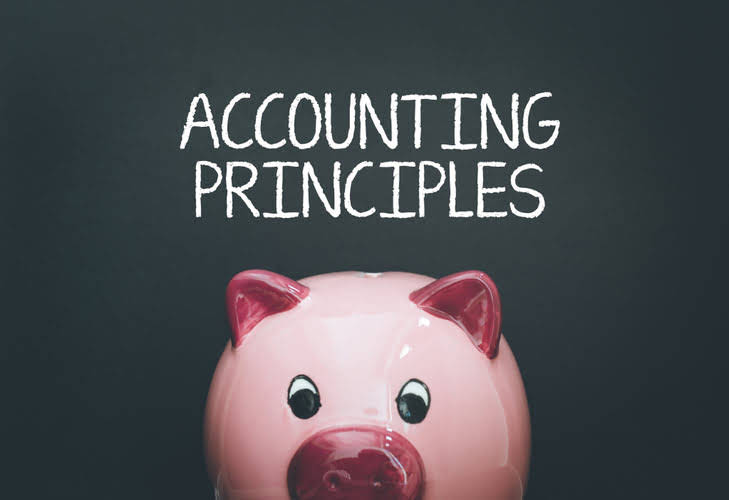
You can then use that picture to make decisions about your business’s future. If two sides of the equations don’t match, you’ll need to go back through the ledger and journal entries to find errors. Post corrected entries in the journal and ledger, then follow the process cash flow again until the accounts are balanced. A money-owed or accounts receivable list details all outstanding payments that your clients owe. This list helps you keep track of how much money you have not yet been paid for products or services provided.

Small Business Bookkeeping Mistakes to Avoid
You should also calculate and record business expenses from the past year and gather other tax documents. The first step you’ll need is a business bank account, which allows you to keep your personal and business expenses separate. Bank accounts allow businesses to safely store their money and make transactions easily. There are several types of business bank accounts, each with its own purpose and benefits. Small businesses also manage their own accounts receivable to make sure they get paid on time for goods and services that have already been bought or rendered.
- While this method might take more time, regular reviews will help ensure your records stay accurate and complete.
- If you’re paying employee taxes or sales tax, you’ll need to prepare a quarterly report for remitting payments to the IRS and other required taxing agencies.
- Additionally, automated accounts payable systems can also schedule payments based on due dates and terms specified in the invoice.
- A balance sheet can help you decide whether your business can meet all its financial obligations.
- Building a consistent bookkeeping practice can feel daunting, particularly if this is your first rodeo.
Inventory

Many digital solutions securely store documents, eliminating the need for a paper trail. Accessing information for a quick financial update becomes much easier with all financial records in one place. For instance, if an expense was recorded incorrectly, update it to reflect the correct information, ensuring your financial statements are accurate.
Budget for major expenses and set financial goals
At the end of every pay period, the bookkeeper will accumulate employee payroll details that include hours worked and rates. From there, the total pay is determined with the applicable taxes and withholdings. In the accounting software, the primary journal entry for total payroll is a debit to the compensation account and credits cash.
This helps you file income taxes accurately as you can deduct business expenses on your tax return. Yes, you can do bookkeeping by yourself, but we strongly recommend using accounting software to help reduce the time it takes to do your own bookkeeping. The easiest way to do small business bookkeeping is by using accounting software, such as FreshBooks. FreshBooks makes it easy to automate large parts of the bookkeeping process, simplifying this vital task while ensuring accurate financial reports, tracking, and records. At the end of each pay period, you’ll calculate the gross pay for each employee (using their payroll information) and then apply any taxes and withholdings.
- Bookkeepers record and classify financial transactions, such as sales and expenses.
- QuickBooks Live Expert Assisted can help you streamline your workflow, generate reports, and answer questions related to your business along the way.
- GlossGenius uniquely consolidates payments, expense tracking, and custom analytics into one salon-focused platform.
- Accrual basis accounting records those invoices and bills even if the funds haven’t been exchanged.
- This method is straightforward and suitable for smaller businesses that don’t have significant inventory or equipment involved in their finances.
- The balance sheet provides a snapshot of your business financials at a given time.
Who should manage small-business bookkeeping tasks?

To avoid confusion during tax season, set up a separate bank account for your business. Bookkeepers help small businesses create and manage their financial records, process transactions small business bookkeeping tips efficiently and accurately and reconcile various financial accounts. They also ensure that these processes are reported accurately, providing valuable financial insights and helping guide future business moves. They help businesses remain profitable and make data-informed decisions. When you keep detailed, organized records of your business transactions, tax season suddenly won’t feel like such a daunting chore.

What Responsibilities Come With Small Business Accounting?
The process involves sending estimates and invoices and keeping track of due dates. Some accounting software comes with invoicing features, like automated payment reminders, or you may opt for separate invoicing software. Single-entry accounting Law Firm Accounts Receivable Management records all of your transactions once, either as an expense or as income. This method is straightforward and suitable for smaller businesses that don’t have significant inventory or equipment involved in their finances. It doesn’t track the value of your business’s assets and liabilities as well as double-entry accounting does, though. This means that you don’t record an invoice until it is actually paid.
Start your 30-day free trial of our bookkeeping software today
It’s essential to keep track of all payroll-related transactions and understand how it compares to your salon’s revenue. Tools like salon payroll software can streamline payroll management and help you track employee work hours, benefits, and tax withholdings. For small business owners, tracking cash flow means understanding where your money is, how it’s being used, and planning for both expected and unexpected expenses. To ensure accuracy of all financial transactions for your business, this is one of the key small business bookkeeping tips to follow. A. One of key small business bookkeeping tips is to monitor and update your records regularly.
